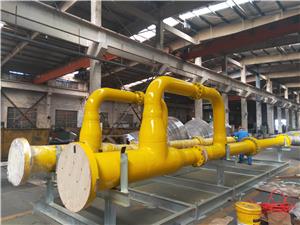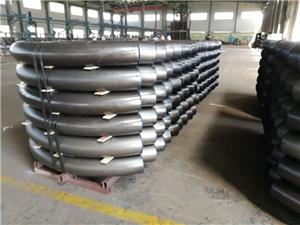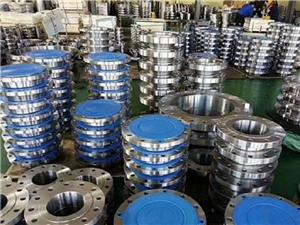How to conduct quality inspection of butt welded pipe fittings?
Butt welded pipe fittings, such as elbows, tees, flanges, etc., are connected by welding to form a complete pipeline system. Its quality not only depends on the quality of raw materials, but also is affected by many links such as welding process, heat treatment, surface treatment, etc. Therefore, quality inspection must be comprehensive and meticulous to ensure that each butt welded pipe fitting can meet the design requirements and usage standards.
1. Appearance inspection
Appearance inspection is the first and most basic step in quality inspection of butt welded pipe fittings. Inspectors observe the appearance quality of the welded pipe surface and weld seams through visual inspection and touch. The main contents include:
Surface defects: Check the surface of butt welded pipe fittings for defects such as cracks, wrinkles, knob-like bulges or depressions. These defects not only affect the appearance, but may also affect the strength and sealing of butt welded pipe fittings.
Weld appearance: Check whether the slope, gap, width, height and other dimensions of the weld meet the requirements, and whether the weld surface is smooth and uniform, without defects such as undercuts and weld burrs.
Color and gloss: Observe the color and gloss of butt-welded pipe fittings and welds to determine whether there is oxidation, rust, etc.
2. Dimensional inspection
Dimensional inspection is an important step in ensuring that the dimensions of butt welded pipe fittings meet the design requirements. Inspectors use measuring tools (such as vernier calipers, micrometers, tape measures, etc.) to measure the diameter, wall thickness, length and size of welded pipe fittings, and compare them with design drawings or relevant standards to confirm whether they meet the requirements.
3. Chemical composition analysis
Chemical composition analysis is an important means to inspect the material quality of butt welded pipe fittings. Through chemical analysis methods, the elemental composition and content of butt welded pipe fitting materials can be detected to determine whether they meet relevant standards or design requirements. Commonly used chemical analysis methods include spectral analysis, wet analysis, etc.
4. Mechanical performance testing
Mechanical property testing is a key step in evaluating the mechanical properties of butt welded pipe fittings. It mainly includes tensile test, bending test, etc. to detect the strength, toughness and other properties of butt welded pipe fittings.
Tensile test: Put the sample into a tensile testing machine, apply tensile force until fracture, record the force-displacement curve during the tensile process, and calculate tensile strength, yield strength, elongation and other parameters.
Bending test: Place the sample on a bending testing machine, bend it at a certain angle and speed, observe its deformation and damage, and evaluate its bending performance.
5. Non-destructive testing
In addition to non-destructive testing, other forms of non-destructive testing can also be performed, such as magnetic particle testing and penetrant testing. These methods can detect surface or near-surface defects of butt welded pipe fittings, such as cracks, scratches, etc.
6. Pressure test
Pressure test is an important means to test the tightness and pressure-bearing ability of welded pipes. Commonly used pressure test methods include water pressure test and air pressure test. Fill the welded pipe with water or compressed air and pressurize it to a certain value. Observe whether there is leakage or deformation in the welded pipe to evaluate its sealing and pressure-bearing capacity.
7. Structural inspection and hardness testing
Structural inspection: Observe the metal structure of the welded joint through a metallographic microscope to determine whether there are defects such as coarse grains, pores, and cracks. This helps to understand the quality of the welded joints.
Hardness testing: Use a hardness tester to conduct a hardness test on the welded joint to determine whether its hardness is consistent with the base material. Hardness is one of the important indicators reflecting the mechanical properties of materials.



